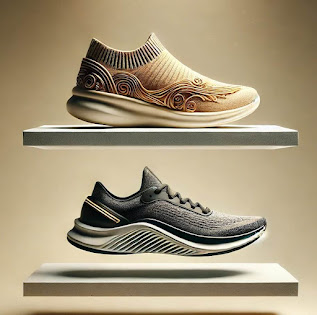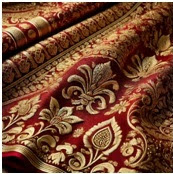I have recently visited Jiyaguda, a suburb in the heart of
Hyderabad. The place was once filled with the beat of hammers shaping leather
and the perfume of newly treated hides drifting through small passageways.
Jiyaguda was formerly an old community of footwear artisans, with almost 40
families dedicated to making traditional Indian footwear such as Kolhapuri chappals,
wedding sandals, and even sturdy boots. Today, only five families carry on this
rich legacy of craftsmanship.
I recently
met with five local artisan groups and learned about their skills, tradition,
and hidden battle. One voice that stuck out was that of Mr.Raju, a recognized
skilled artisan whose hands have fashioned countless soles over the years. His
words were filled with a quiet sorrow: "There used to be 40 families who
worked here." Now it's just five. Even our children don't want to carry
this on."
These artisans are not just individuals, but entire
families working together. Every pair of chappals is the result of a
collaborative effort. While males primarily cut and shape the leather, women
help with precise embroidery and decorative details, sometimes elderly parents
divide responsibilities—cutting leather, stitching patterns, assembling soles.
In most
of these families, the younger generation has moved away from the traditional
work. But in one of the families, there is still a glimmer of
continuity—children, after school, occasionally assist with small, careful
tasks, slowly absorbing the skills passed down like oral tradition. It is a
rare sight in a fading craft.
Their material selection is what identifies their
work as both culturally meaningful and environmentally conscious. Many artisans
use recycled tires as soles, reusing leftover rubber beneath traditional
footwear. Others choose VT (vegetable-tanned) leather soles, which are more
environmentally friendly than chemically processed alternatives. . These
practices subtly blend sustainability with heritage.
The younger generation has stepped away, drawn by
modern employment and the prospect of steady income. For those who remain, the
work is more than just labor; it is dedication. It takes about two and a half
days to create 50 pairs of chappals, yielding around Rs. 5000 in total. That's
Rs. 100 each pair, which includes raw materials, labor, and artistry. It’s not
enough for their livelihood
However, the elegance of their work speaks
strongly. The chappals they make have the particular look of traditional Indian
designs—intricate patterns, precise stitching, and timeless appeal. Each pair
conveys a narrative of ancestry, resilience, and humble pride in craftsmanship.
The tragedy of Jiyaguda's artisans is about more
than just declining livelihoods; it is also about the loss of cultural
identity. These artisans don't just produce shoes; they preserve an art form
that has been passed down through generations.
Let’s celebrate the tradition, craftsmanship and
soul of Jiyaguda & try to save this community!
Mr Abdul Rahuman M, Sr Faculty@School of Footwear Design & Production








.jpeg)











